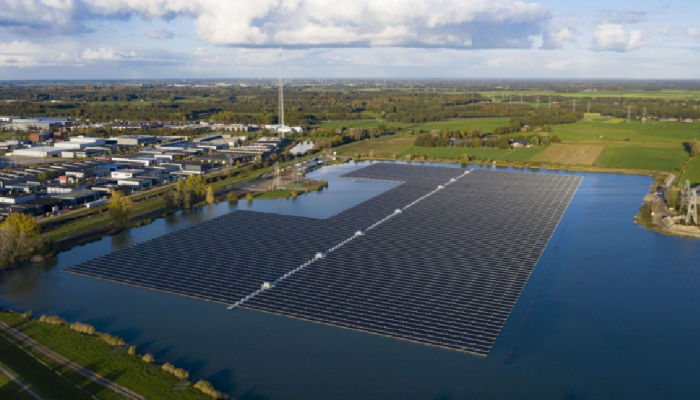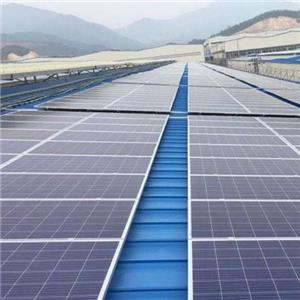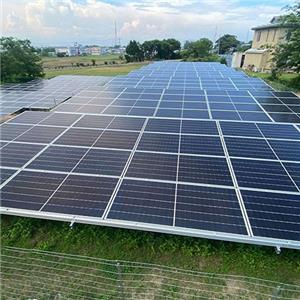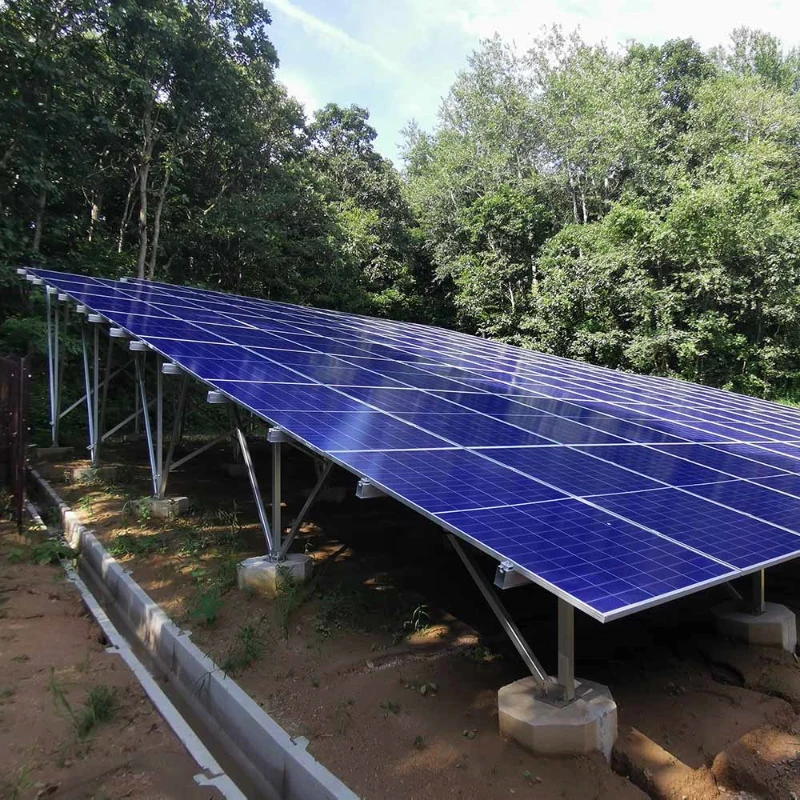South Korea Counts On Floating Solar To Overcome Land Scarcity

Floating solar farms utilize solar panels that are affixed to plastic floats, which then drift on a body of water.
These floating solar arrays are generally placed on man-made bodies of water-- a town's water reservoir, an irrigation reservoir, a water therapy facility.
Towards last year's end, South Korean solar developer Scotra completed the building of a 41 MW floating solar installment on a reservoir on the Hapcheon Dam. The land-scarce country has actually set a target of installing 2.1 GW of floating solar by 2030 and of ending up being carbon-natural by 2050.
Floating solar farms utilize solar panels that are connected to plastic floats, which after that drift on a body of water. These floating solar arrays are typically put on man-made bodies of water-- a community's water reservoir, an irrigation reservoir, a water therapy facility-- so regarding avoid interfering with plant and also animal species that live in natural bodies of water.
The 41 MW floating plant is the biggest such project in South Korea, which has up until now revealed warm progress in renewable resource. It is additionally hoped that the flowers-like solar panel arrangements will certainly fetch several a tourist to the East Asian country.
Scotra has additionally constructed a 25 MW floating solar plant at a reservoir in Jeollanam district in S. Korea, besides smaller sized ranges somewhere else. Presently, it's largest ongoing project is the 72 MW project at the Saemangeum dam on the Yellow Sea.
Regardless of being expensive to set up, these floating projects offer a number of advantages: very easy connectivity to the power grid through hydro-electric plants as well as reservoirs near urban locations; restraining the development of algae; the water's cooling result on panels makes them more effective; additional avenue for income; reduction of evaporation.
Floating solar's key reward, however, is that the modern technology does not call for any type of land room, which describes its popularity to name a few Asian countries where most of the land is under property and also agricultural use:
1. Thailand constructed the globe's biggest hydro-floating solar hybrid system on the Sirindhorn reservoir last year;
2. Singapore has actually started a 60-MW-peak plant on its Tengeh Reservoir;
3. India plans to finish its huge 600 MW plant over the Omkareshwar dam by 2023;
4. Last year, Indonesia began constructing the 145 MW Cirata power plant, which is likely to be the biggest floating solar power project in Southeast Asia.
In addition, in South Korea, land guidelines, rates, and neighborhood resistance have made structure utility-scale projects difficult, state some analysts. So far, one of the most enthusiastic floating solar project in the country is a 2.1 GW floating solar facility being established near the Saemangeum marshes on the Yellow Sea coast. While 1.2 GW is anticipated to be all set by the end of 2022, the staying project capacity is expected to be added by 2025.
The floating solar industry is expected to grow significantly over the next decade, given that water-bound panels can additionally feed on the ocean. Where land is sparse as well as water plentiful, the wish for renewables survives via floating solar!
This news sourced from: List Solar




